导航栏
The "QAIT" company has deep expertise in the expressway sector, providing an integrated service system covering the entire process and all projects. From geological exploration and design planning in the project initiation stage - analyzing basic data such as topography, geological structure, and hydrological conditions through professional technologies, and completing scheme design, risk assessment, and budget preparation to lay a solid foundation for engineering construction; to the construction of main projects such as roadbeds, bridges, and tunnels during the engineering implementation process, while simultaneously advancing the construction of supporting projects such as drainage, protection, greening, and traffic facilities to ensure project quality and progress; and then to the subsequent maintenance and management services of the project, it has built a one-stop solution from project initiation to long-term operation, helping clients achieve full-cycle efficient management and sustainable development.
1.Expressway Overview:
"Expressway" is a fully enclosed high-grade highway specially designed for motor vehicles to travel at high speeds, featuring fast speed, large traffic volume, and safety isolation. Its construction involves a large number of road and bridge engineering projects, including subgrade and pavement, bridges and tunnels, as well as traffic facilities. It serves as a key transportation lifeline for regional economic linkage and social development.
2.Engineering Classification:
(1)Subgrade Engineering:
Subgrade engineering serves as the foundation of a road, bearing the traffic loads transmitted from the pavement. It involves tasks such as selection of subgrade filling materials, filling, compaction, as well as subgrade drainage and protection.
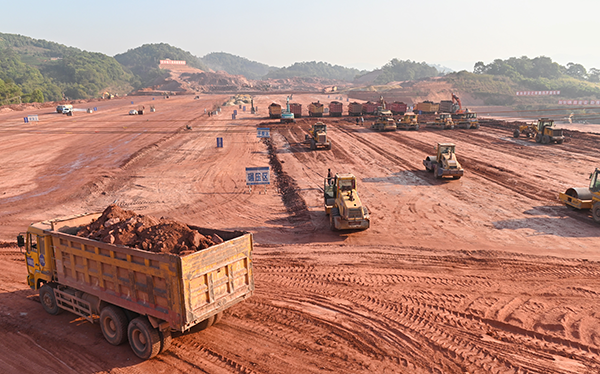
Subgrade Engineering
(2)Pavement Engineering:
It directly withstands the action of vehicle loads and natural factors, including the selection of various pavement materials, mix design, paving, rolling and other construction processes, such as asphalt pavement, cement concrete pavement, etc.
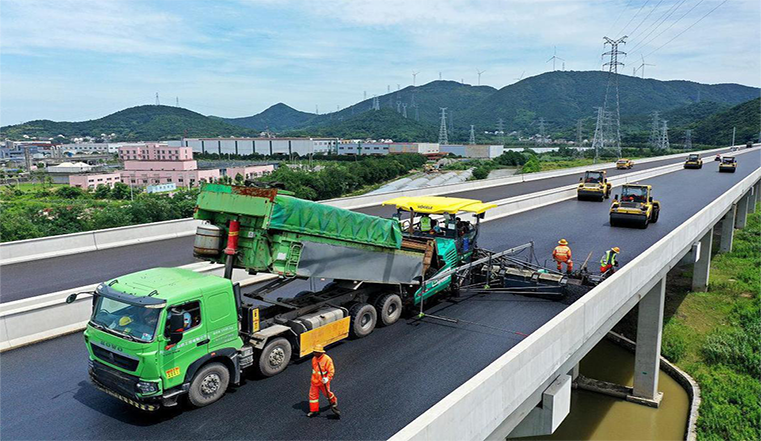
Asphalt Paving
(3)Bridge Engineering:
It includes bridge survey, design, construction, maintenance and inspection, etc., involving the construction of structures such as bridge piers, abutments, girders, and deck systems, as well as the construction of different types of bridges such as beam bridges, arch bridges, suspension bridges, and cable-stayed bridges.
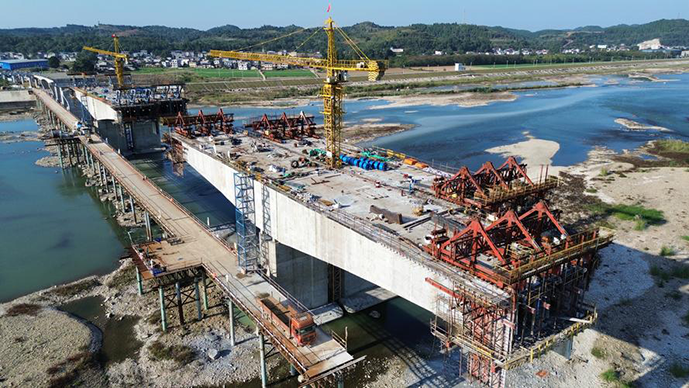
Bridge Construction
(4)Culvert Engineering:
Structures used to drain water under embankments, mostly built at the intersection of roads and ditches, mainly including types such as circular pipe culverts, slab culverts, and arch culverts.
(5)Tunnel Engineering:
Tunnel engineering refers to the construction of underground passages for crossing mountains, rivers, or urban buildings, etc., including the construction processes such as tunnel excavation, support, and lining.
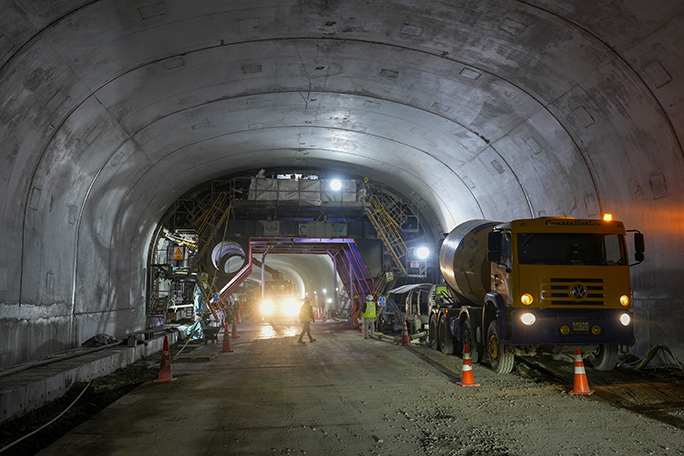
Tunnel Engineering
(6)Drainage Engineering:
Drainage engineering includes the construction of surface and subsurface drainage facilities, such as side ditches, drainage ditches, intercepting ditches, and infiltration ditches, etc. It is used to drain surface water and groundwater within the road scope, ensuring the stability of the subgrade and pavement.
(7)Protection Engineering:
Engineering measures taken to prevent the subgrade and slopes from being eroded and damaged by natural factors, such as retaining walls, slope protection, facing walls, etc.
(8)Greening Engineering:
Greening work such as planting trees and grass is carried out in areas like both sides of roads and median strips, playing roles in beautifying the environment, purifying the air, reducing noise, etc.
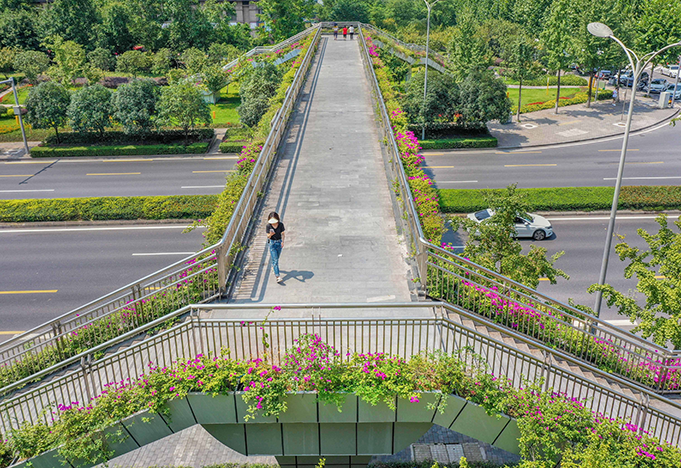
Road and Bridge Greening
(9)Transportation Engineering:
It mainly includes the installation of facilities such as traffic signs, markings, signal lights, guardrails, and isolation fences, etc., to ensure the safety and smoothness of road traffic.
(10)Electromechanical Engineering:
It involves the installation and debugging of electromechanical equipment such as lighting, ventilation, monitoring, and toll collection on roads and bridges.

Road Lighting
(11)Building Construction Engineering:
It refers to the building construction in road and bridge projects, such as toll stations, service areas, etc.
3.Construction Process:
(1)Preparation before Construction:
It includes work such as project feasibility study, preparation of project proposals, handling of project approval procedures, site investigation, formulation of design schemes, review and optimization of designs, formation of construction teams, procurement of materials and equipment, and leasing and debugging of equipment.
(2)Foundation Engineering Construction:
First, carry out site leveling and drainage treatment. Then, conduct pile foundation construction according to design requirements and perform quality inspection on the pile foundations. Next, carry out the casting and curing of the cap. Finally, carry out the construction and reinforcement of the pier (tower).
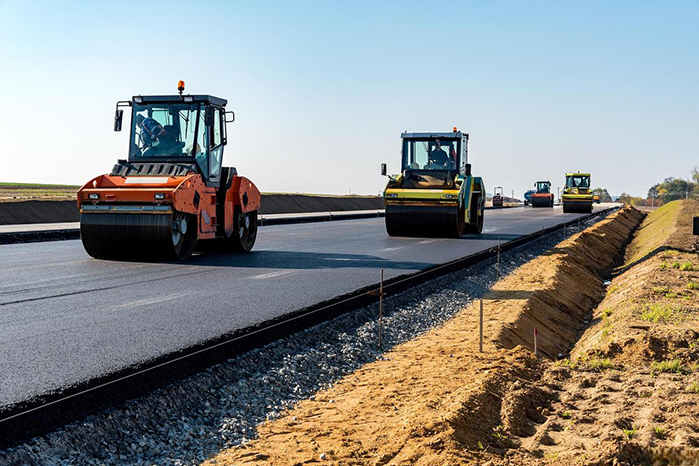
Road Compaction
(3)Installation and Debugging of Superstructure:
Transport and on-site assembly of prefabricated components, selection and implementation of appropriate main girder erection methods, bridge deck cleaning, construction and curing of the pavement layer, and installation of auxiliary facilities such as expansion joints and bearings.
(4)Setting of Road Traffic Safety Facilities:
Fabricate and install signs and plaques, carry out road marking and set up speed bumps, etc., install protective measures such as corrugated beam guardrails and reinforced concrete guardrails, set up night lighting facilities, and use reflective materials, etc.
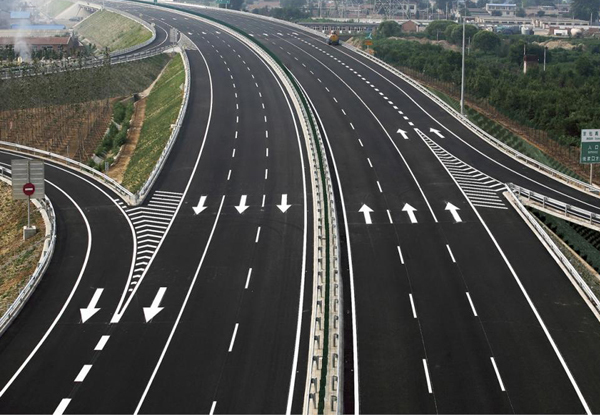
Road Markings
(5)Quality Inspection and Acceptance Preparation:
Set quality inspection points at each stage, accept hidden works, sort out completion data, and conduct final inspection and confirmation before delivery for use.
(6)Formulation of Post-maintenance and Repair Management Plan:
Develop maintenance plans based on the types of roads and bridges, traffic flow, load conditions, etc., and regularly inspect, maintain, and repair roads and bridges to ensure their long-term safe and stable operation.